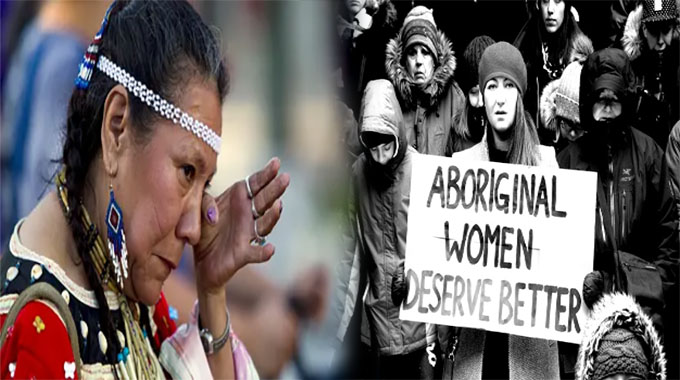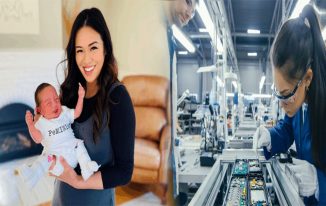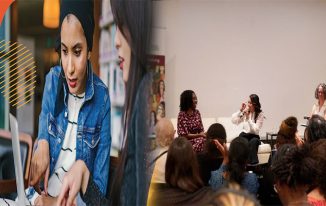Indigenous women in Canada face many issues including the lack of recognition, the demeaning image of Aboriginal women in North American culture, and the lack of women’s rights in the criminal justice system. This article addresses these issues, discussing the ways in which they are affecting Native women in Manitoba.
Native women’s rights in Canada
Native women’s rights in Canada have evolved over time. There have been some notable movers and shakers. Some of the more notable include Viola Desmond, the first black Lieutenant Governor of Nova Scotia, and Mary Two-Axe Early, who fought for Native women’s rights in Mexico City and later in Canada. Regardless of their individual merits, these women and their accomplishments have been lauded and ostracized in equal measures.
The most significant change to Native women’s lives was the repeal of the Indian Act, which deprived them of their basic human rights. To their credit, Native groups have argued that as self-determining nations, Aboriginal peoples have the right to define their own identity, and thus a correspondingly defining role.
Indigenous rights and women’s rights intersect naturally
Indigenous rights and women’s rights are bound together by their interdependence. These two groups share ancestral ties to lands and resources. However, they face numerous challenges in the areas of education, health, and political participation. In order to effectively protect these groups from harm, the international community must act.
For centuries, women have played a crucial role in societies, from caring for sick people to weaving traditional dresses. Women have also contributed to communities through knowledge passed down from generation to generation. As such, the article argues, a specific human rights framework is needed to effectively protect indigenous women.
The United Nations Special Rapporteur on the Rights of Indigenous Peoples, Victoria Tauli-Corpuz, released a special report on the state of indigenous women. In it, she highlighted several statistics on Indigenous women. One in three women will experience sexual violence in their lifetimes.
Indigenous rights and women’s rights in the criminal justice system
The criminal justice system needs to take Indigenous rights and women’s rights into account. This is because these two groups are often targeted by violence.
Indigenous women, especially, are more vulnerable to violent crime. Statistics show that Indigenous women are murdered at seven times the rate of non-Indigenous women in Canada. They also have higher rates of sexually transmitted diseases and maternal mortality.
In Canada, Indigenous people represent 4.5 percent of the adult population. That’s a staggering number. However, Indigenous adults are still incarcerated at a much higher rate than non-Indigenous people. In fact, Indigenous men and women represented 29 and 23 percent of all incarcerated individuals, respectively, in federal correctional settings in 2018.
While the percentage of Indigenous people being incarcerated has decreased, the rate has increased. Some of the reasons include discrimination, lack of education, and family responsibilities.
The demeaning image of Aboriginal women in North American culture
The demeaning image of Aboriginal women is a persistent feature in North American culture. This is largely attributed to the sexism that Aboriginal women are subjected to.
Women have historically played a central role in Aboriginal communities. They were involved in most spiritual ceremonies, were seen as life-giving, and played a large role in family decisions. However, the colonial period and subsequent residential school system changed the role of Aboriginal people.
One of the biggest threats to the future of Aboriginal people is child abuse. While the majority of children who are victimized at an early age return home, some never do. In the past, most Aboriginal women suffered from domestic violence.
Media today employ stereotypical images of women
The media today employs a wide range of stereotypes when it comes to aboriginal women’s issues. Some are positive, but others are negative. Many stereotypical images of aboriginal women, and even Indigenous people as a whole, continue to be used to promote physical abuse in contemporary society.
In Canada, the Canadian Broadcasting Corporation (CBC) is often responsible for portraying Aboriginal people in TV dramas. However, these portrayals are rarely based on the actual experiences of the indigenous population. They are often based on the “savage” characterizations of the Europeans.
Although Indigenous characters are almost always cast in supporting roles, they are rarely seen as having personal strengths. Instead, they are often stereotyped as noble savages or drunken savages.
Indigenous rights and women’s rights in Manitoba
The Meech Lake Accord did not recognize the rights of Indigenous people, and the subsequent Charlottetown Accord was rejected by the people in 1992. In fact, the United Nations Human Rights Committee found that Canada is in breach of the Covenant on Civil and Political Rights.
Many Aboriginal women fought to retain their lands. Their role in Aboriginal government was central. They fought for their right to vote and to be recognized as legal persons.
However, they faced systemic discrimination. For example, in the court system, Aboriginal women were often unable to understand what the court rules meant and what they had to do. They were also frustrated about delays and the length of time it took to solve a problem.












